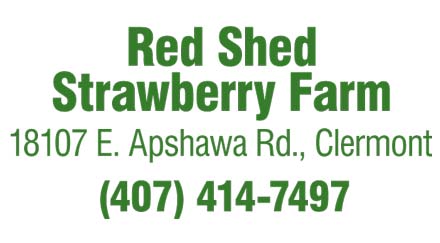The landscape of Central Florida is dotted with farms, orchards, and citrus groves. Many local residents, snowbirds, and tourists enjoy Florida’s climate because it lends itself to growing garden delights throughout the year.
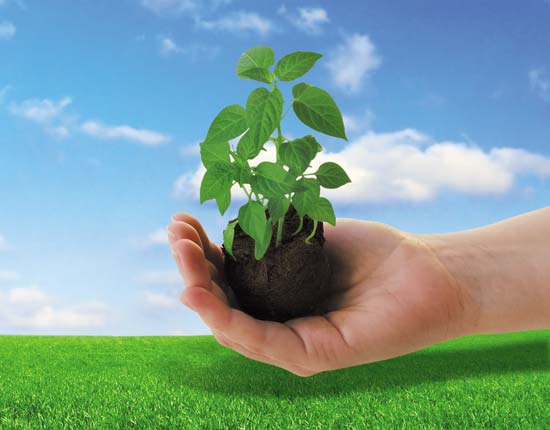
Several farms in the area offer visitors a chance to pick their own fresh fruits and vegetables. Whether you’re reliving your own childhood, creating memories for your children or grandchildren, or just looking for fresh produce, a visit to these farms can be an exciting and interesting way to spend a day.
Peaceful Views,
Delicious Fruit
Valley View Vineyard,
Howey-In-The-Hills
Serenity is the word that comes to mind when you drive through the gate at Valley View Vineyard. The dirt driveway leads to a house once called “Castle Home” because of the turret on the second floor.
Owners Tracey and Fred Estok moved from the St. Petersburg area to the peaceful Howey-in-the-Hills farm they enjoy tending.
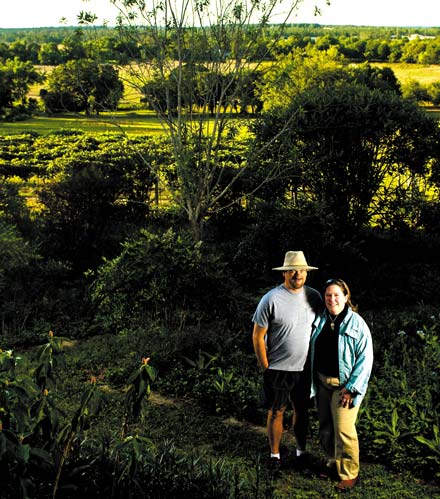
“He always wanted to have a vineyard and make his own wine,” Tracey says about her husband.
The Estoks’ 10 acres spread out over a rambling landscape that includes a gently rolling slope. The grape arbors add to the feel of a small country Italian farm.
“I like to think of people coming here for a social experience,” Tracey says. “We want visitors to enjoy the property, walk around the butterfly garden, or stroll by the lake.”
The slow time for the farm is from Christmas until April. After that, something is generally coming in at all times. In April and May, it’s peaches. The figs are ripe in June and seedless grapes are harvested from mid-June through July. August brings the muscadines, and persimmons follow in September. Pears can be picked in September and October, and then the citrus season begins. Sun tangerines are ready in late October and available through December. The season for navel oranges is November through February, along with Ponkan oranges. The farm also features pomegranates, lemons, limes, and chestnuts in season.
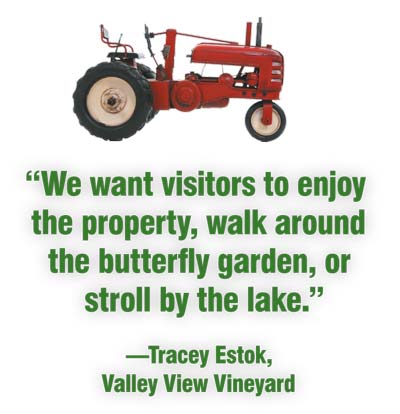
“We usually have different types of fruit available every week,” Tracey says. “The peaches are finished by the end of May, and after that we encourage people to call ahead to see what’s available.”
Self-picking hours are Saturdays from 8:30–10:30am and Wednesday evenings for two hours, except during the summers. The Estoks also have an e-mail list that keeps customers informed about seasonal fruit.
Visitors are required to sign a liability waiver and should wear sturdy, comfortable shoes because the ground is not completely flat. Tracey provides insect repellent. No public restroom is available.
Both Fred and Tracey work full time, so their farming habits are not typical.
“I try to do most of the work myself, keeping it as simple as possible. Some days it’s a little more work than I want,” Fred says. “Things always need to be done. If I don’t get to it today, I’ll get to it tomorrow.”
Fortunately, the area generally has enough rainfall to keep the trees and vines watered. There is no irrigation system, and Fred has no plans to install one. He also doesn’t spray pesticides. As a result, visitors receive notice that the fruit may not be perfect.
“That’s just part of growing fruit,” Fred says.

Going
Organic
Seminole Springs
Herb Farm, Eustis
Just down a dirt road behind Traci Anderson’s Eustis home is a greenhouse filled with aromatic herbs and roses. The air outside is also fragrant with lovely floral scents from the roses and the other plants that dot the landscape.
Traci and her family own Seminole Springs Herb Farm, and she has worked with herbs for almost 20 years. Traci appears frequently on the radio program The Garden Rebel and is a noted author and lecturer about herbs and organic farming.
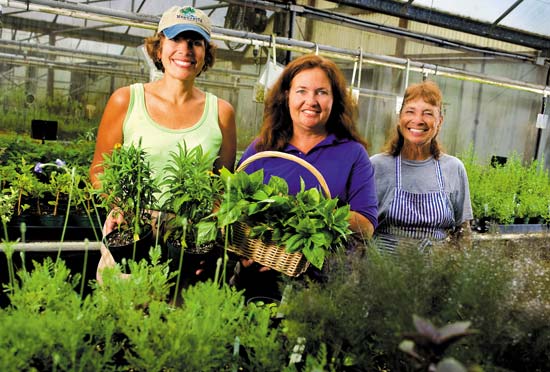
“We recently took things a step up by becoming a certified organic farm,” Traci says. “We had to fill out tons of paperwork.”
Being organic means the plants are grown and processed in a manner that maintains and replenishes soil fertility and doesn’t include using toxic pesticides and fertilizers. The strict uniform standards are verified by an independent organization accredited by the U.S. Department of Agriculture.
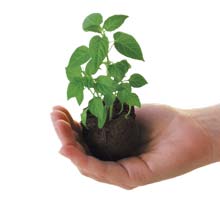
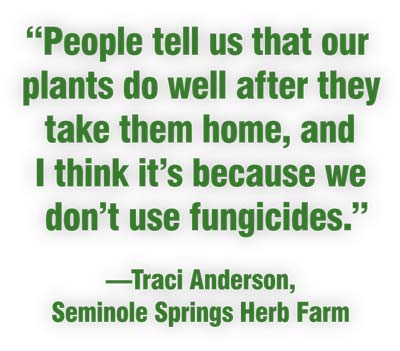
“They review and audit organic growers to make sure we are in compliance,” Traci explains. “They make random checks and take samples from the crops.”
Traci has never used pesticides or fungicides but had used fertilizer in the past. Because of that, she had to wait three years to ensure everything was free from fertilizer residues. When she buys new plants, she must quarantine them for a year before they can be part of the certified plants.
“Organic farming in containers is a little more difficult than I thought it would be,” Traci says. “It was also a challenge because I had to learn more about chemical make-up.”
Traci also uses beneficial insects, such as lady bugs, to protect the plants.
She sells bags of sachet, jars of dried herbs, vanilla beans, herb tea, and essential oils from a small shed that also serves as an office. She also keeps dehydrated poultry manure on hand for potting.
“People tell us that our plants do well after they take them home, and I think it’s because we don’t use fungicides,” she proudly says. “That gives the plants a stronger immune system.”
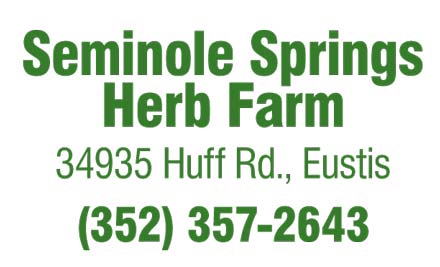
No Dirt
Required
Red Shed Strawberry
Farm, Clermont
Red Shed Strawberry Farm sits on a beautiful hill in Clermont where a greenhouse filled with hydroponic plants produces significant amounts of fruits, vegetables, and herbs.
“There is no soil in this process, but it works very well,” says owner Karl Herder. “It went from a hobby to a business pretty quickly.”
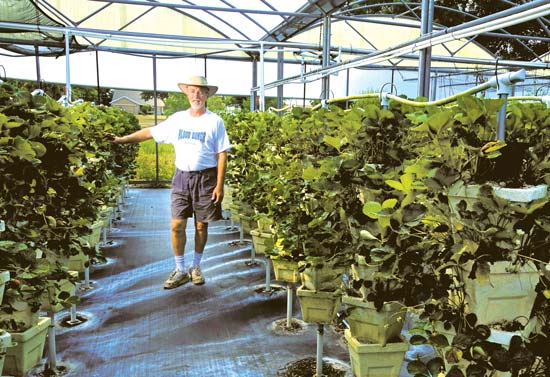
After visiting the hydroponics display at Disney World in the 1980s, Karl decided that someday he would grow plants this way. His “someday” came about six years ago when he moved to Florida.
Hydroponics comes from the Greek words hydro (meaning water) and ponos (meaning labor). The plants are set in perlite and vermiculite minerals. Perlite is a volcanic rock exposed to intense heat until it becomes glass pebbles and holds more air than water. Vermiculite goes through a similar process to create pebbles, but it tends to hold more water and has a natural “wicking” system that draws water and nutrients.
Karl’s greenhouse has rows of poles with six Styrofoam pots on each pole. He has just enough room to walk between the rows to maintain the plants.
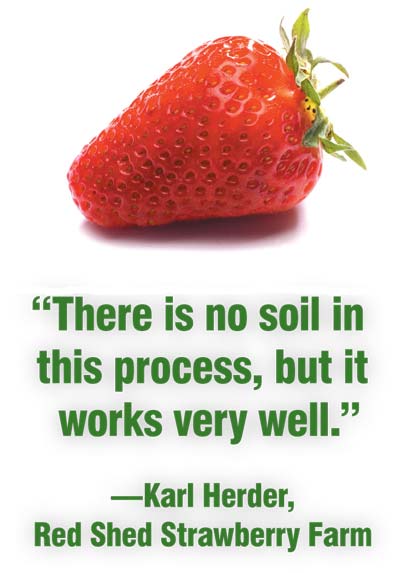
In addition to Sweet Charlie strawberries and a variety of tomatoes, Karl grows rosemary, basil, green beans, spinach, arugula, and five different types of lettuce. He says he had a wonderful crop of broccoli this year that was sweet and delicious.
In addition to his hydroponic produce, Karl has a small garden where he grows vegetables, including onions, sweet peas, and mustard greens.
“The onions got so big they burst the pots,” he says with a laugh. “A couple of years ago, I had two onions that weighed three pounds each.”
The strawberries provide the biggest challenge because they are high-maintenance plants and require constant watching. Karl says they get attacked by fungus and birds. To avoid additional costs, he decided not to use chemicals on his plants this year.
“So far, I haven’t sprayed anything,” he says. “I’ve been very fortunate.”
Karl says he enjoys meeting the people who visit his farm as much as he enjoys working with the plants.
“I had a lady who brought her niece from New York City, and she had never seen anything growing,” Karl says. “She was fascinated with the plants, especially the onions. You just never know who’s going to come by.”
